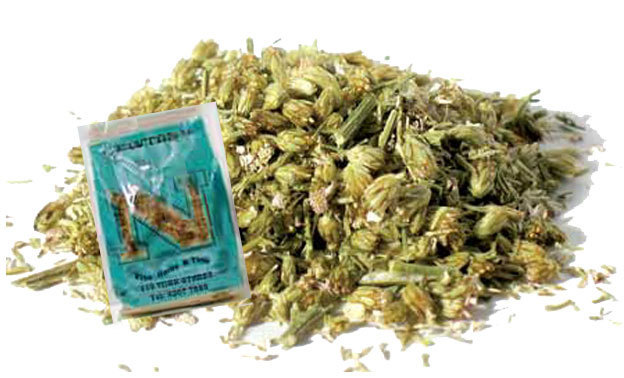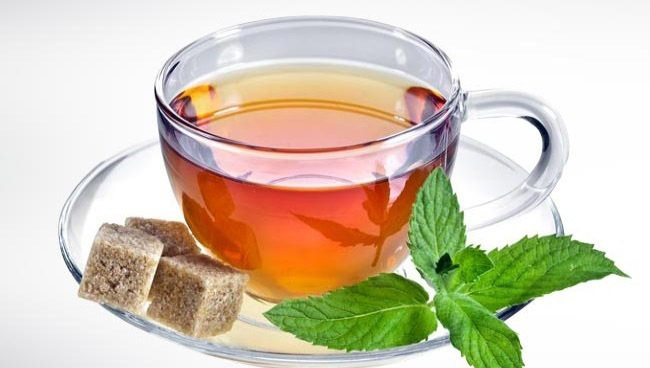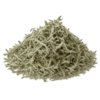Newtons Pharmacy Herbs & Extracts Medicinal Teas Yarrow Herb Organic 1kg
Yarrow Herb Organic 1kg
(size: 1kg)In stock
$60.00
/ pack(s)
Inc GST
Possible delivery methods: Australia Wide Regular, Australia Wide Express, Air Mail International, Express Post International, Click & Collect
Selection: Yarrow Herb Organic
| Product no. | size | Status | Price | |
|---|---|---|---|---|
| Yarrow_70g | 70g |
|
$12.10 / pack(s) * |
|
| Yarrow_1kg | 1kg |
|
$60.00 / pack(s) * |
|
*
Inc GST
We also recommend
*
Inc GST
Customers who bought this product also bought
|
|
|
|
|
|
|
|
|
|
|
|
*
Inc GST
Browse this category: Dried Herbs & Teas














